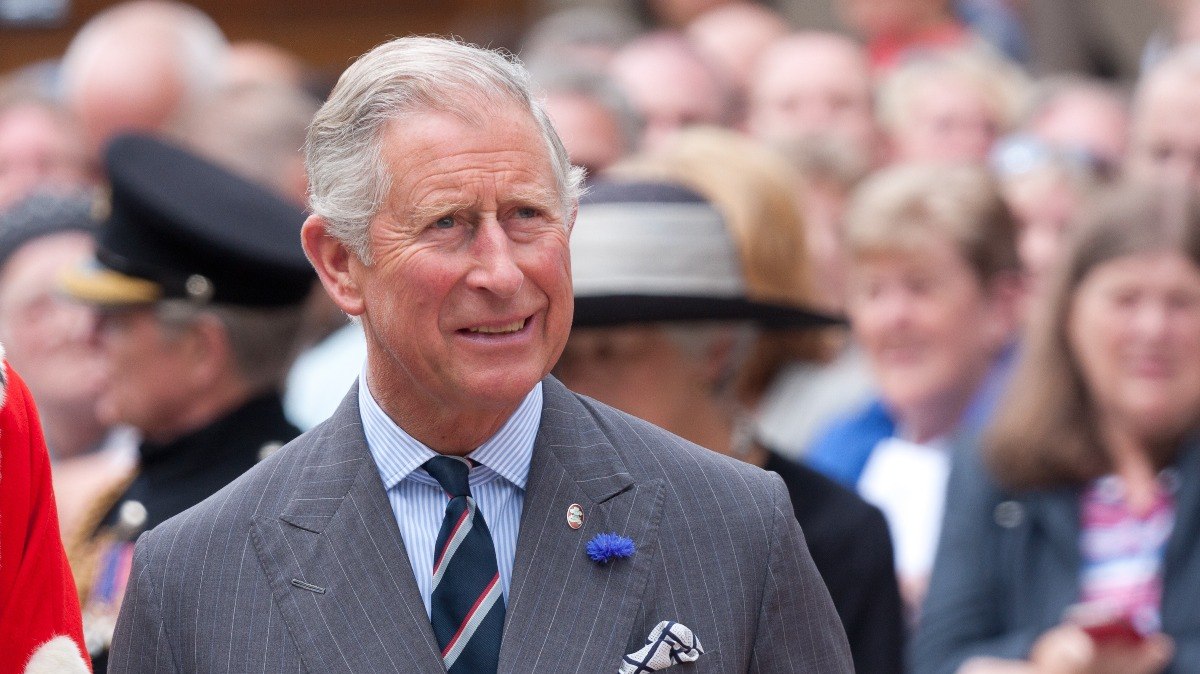
They have changed considerably over time though. Edmund Burke already wrote in his « First Letter on a Regicide Peace » (1796) that they were “ of more importance than laws… » Central to this new man, manners were then required to impress at court and closely connected with gentlemanly behavior. The self-fashioned man is associated with the self-made man, in the sense that he knowingly models himself according to certain behavioural rules he builds-up a career, business or fortune from scratch. In the 15th century, as land was the main source of status and power, the term certainly applied mainly to freehold landowners (Corfield).īy the 16th century it had become into general use as the Renaissance was an era of men’s self-fashioning. These qualities embodied a chivalric ideal, whereby men of high rank justified their superiority by their gracious and courteous bearing.

It was always a complimentary term.Ī man of gentle disposition (« gentil »), as early as Chaucer’s time, meant “charming”, « mild » and « tender », as well as “worthy”, « noble », and « well-bred ». Originally, the gentleman was the man of noble birth with his pure gens, but also the Church of England clergymen, members of Parliament and army officers.įrom its earliest usage in English, the term “gentle” carried both social and moral connotations, as did “noble”. Thus the medieval knight, as a just righter of wrongs following a code of moral conduct and courteous toward women can be considered the forerunner (Berberich). The 1929 edition of the Encyclopedia Britannica describes the gentleman as « in its original and strict signification, a term denoting a man of good family« , before this definition had been widened over time (see below).įirst used in 1413, it originated in feudal society. If we go further back, gentleman originally derivated from the Latin gentiles homo: which was used among the Romans for a race of noble persons. In this project I sought to investigate the definition of a gentleman, why was this figureso central in this era as reflected in literature, and how it shaped the Victorian masculine ideal, culture, gender roles, and (patriarchal) society values at large.Īccording to the Encyclopedia Britannica, in 1929, the word is formed of the French « gentilhomme« , or rather of gentil, « fine, fashinable, or becoming » and the Saxon man, q.d honestus, or honesto loco natus. Even though he suffered from his well-born, well-bred and well-educated background, he was the first major novelist to capture the conflict between the aristocracy and the middle classes in the early Victorian decades (Gilmour). In Vanity Fair, Thackeray’s characters follow the same path by rejecting the traditional -aristocratic- image of a gentleman as a man of rank and leisure, and instead valuing his moral qualities of altruism, benevolence, and his culture and education. Pip eventually realized that inner values rather than flaunting wealth make a man a gentleman.


his denigration for his bad behavior and bad deeds). In this sense he exemplifies the advent of the « nature’s gentleman« , and the new possibility of social advancement through constant striving and impeccable morals (cf. His main character, the young and idealistic Philip Pirrip (Pip), is an orphan in London who yearns « to be a gentleman » and to rise from his humble roots to the upper class. It is considered to be at once « a portrait or a definition of Dickens’s concept of the Gentleman and a justification of his own claim to that title » (Cody). In Great Expectations (1860) Dickens delivered « the, perhaps, most profound and thorough commentary on the Victorians’ preoccupation with gentility » according to Gilmour (p.107). Joe, Pip, Estalla, and Miss Havisham in « Great Expectations » by Dickens ( Source: The Collector’s Library).


 0 kommentar(er)
0 kommentar(er)
